Research project brings the fashion of Renaissance to life
How did fashion spread during the Renaissance, and how did ordinary people dress? Novel methods and reconstructions shed new light on the era.

Since 2017, Paula Hohti, Professor of Art and Cultural History, and her research team at Aalto University have carried out research on 16th and 17th century dress and material culture to find out how people dressed and how clothes were made back then.
The main focus of the research project has been to create new methods for studying the history of fashion and dress and for accessing the materiality of the past.
‘The period is interesting because it was a time when many products started to appear on the market, and wealthy and also not so wealthy citizens were able to participate in fashion,’ says professor Paula Hohti.
The major research project 'Refashioning the Reneissance: Popular Groups and the Material and Cultural Significance of Clothing in Europe 1550–1650' ended at Aalto University’s School of Arts, Design and Architecture, Finland in 2022.
The project has received 2 million euro funding from the European Research Council (ERC) under the European Union’s Horizon 2020 research and innovation programme.
The research group has been mainly interested in how garments and accessories spread as fashionable items among the lower classes, considering how shoemakers, hairdressers and bakers dressed in the 1500s and 1600s and how this influenced people’s understanding of fashion.
The challenges of the project are not small. How to study something when there is necessarily no data nor material on the subject? Few historical garments or even photos of them have survived, and even those that have survived are not necessarily original.
They have been found during archaeological excavations, among other things, so they are broken and their colours are faded. Moreover, most of the clothing recorded in museums has been worn by the upper classes and only a very small proportion by the lower social classes.
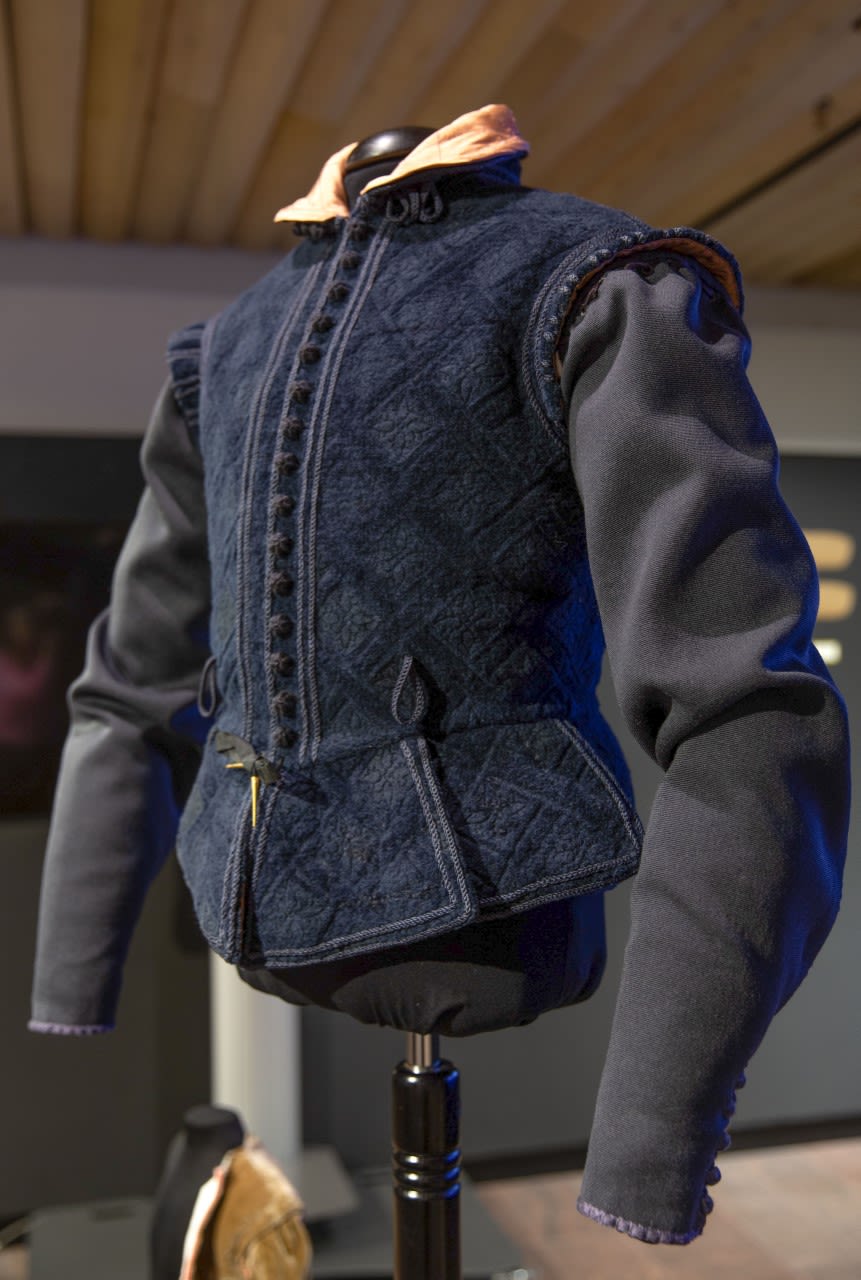


New methods and technologies
The main focus of the research project has been to create new methods for studying the history of fashion and dress and how to access the materiality of the past. The aim has been to find out how clothes were made, how they were worn and what the materials felt like at the time.
Using documentary sources, visual images, surviving material evidence and historical reconstructions, the project aims to shed light on popular taste, dissemination, transformation and adaptation of fashion, as well as on the meaning and changing cultural attitudes to dress.
The project combines theoretical perspectives and practical hands-on work. This has involved experimenting with a range of techniques, including archival research, technical analysis of textiles, dye- and fibre analysis, and the reconstruction and visualization of historical dress using both 16th century recipes as well as modern digital tools such as digital animation.
During the five-year project, the project team has engaged with several major historical reconstruction projects, such as seventeenth-century artisan male doublet, early modern knitted stockings, digital tailoring and early modern lace in collaboration with a number of craft experts.
‘The purpose of these reconstruction experiments has been to test how we can make invisible data visually and materially visible.'
They have also been an opportunity to test how new technology and science can be used and developed as methods in cultural and historical costume research.
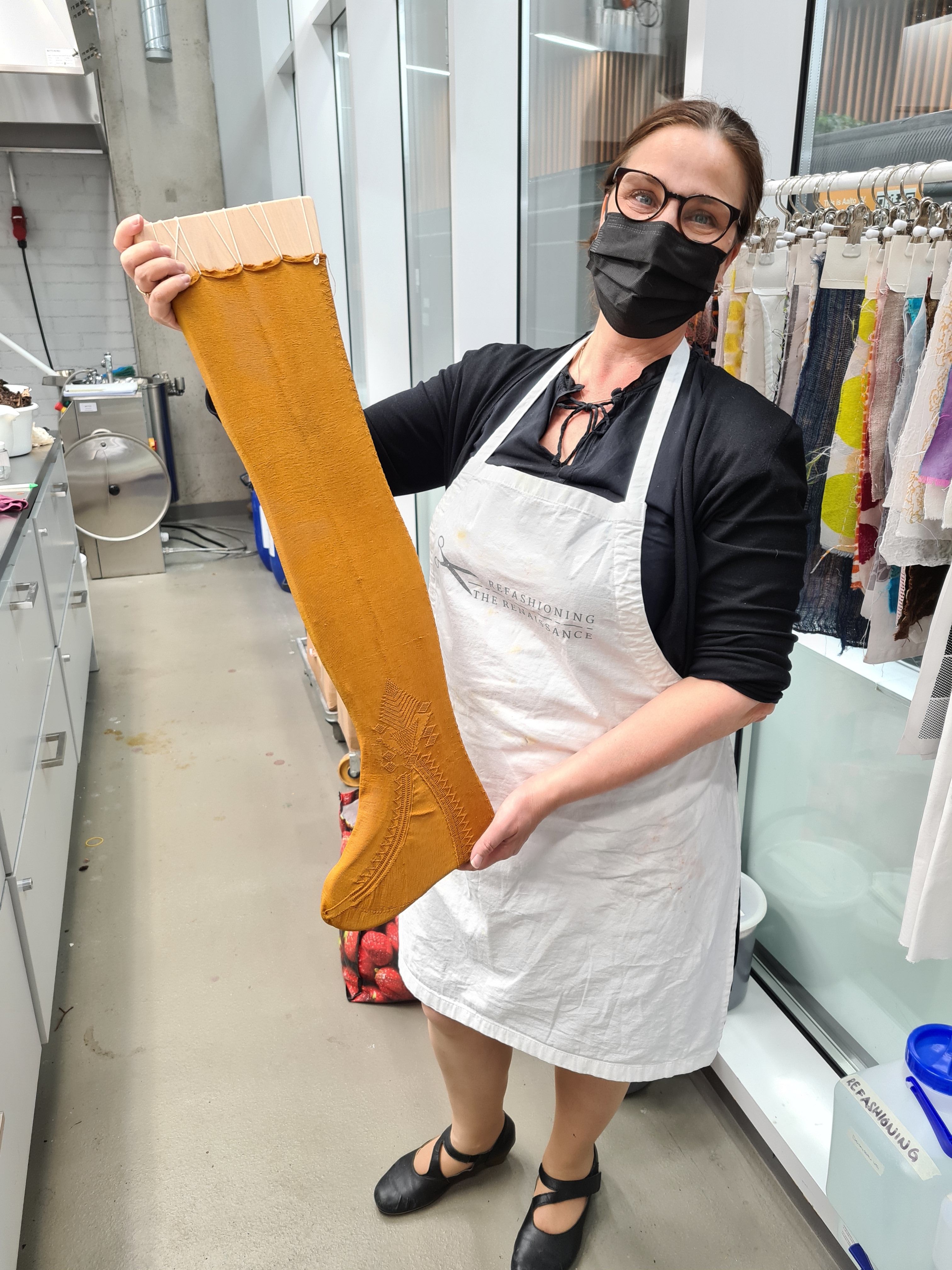
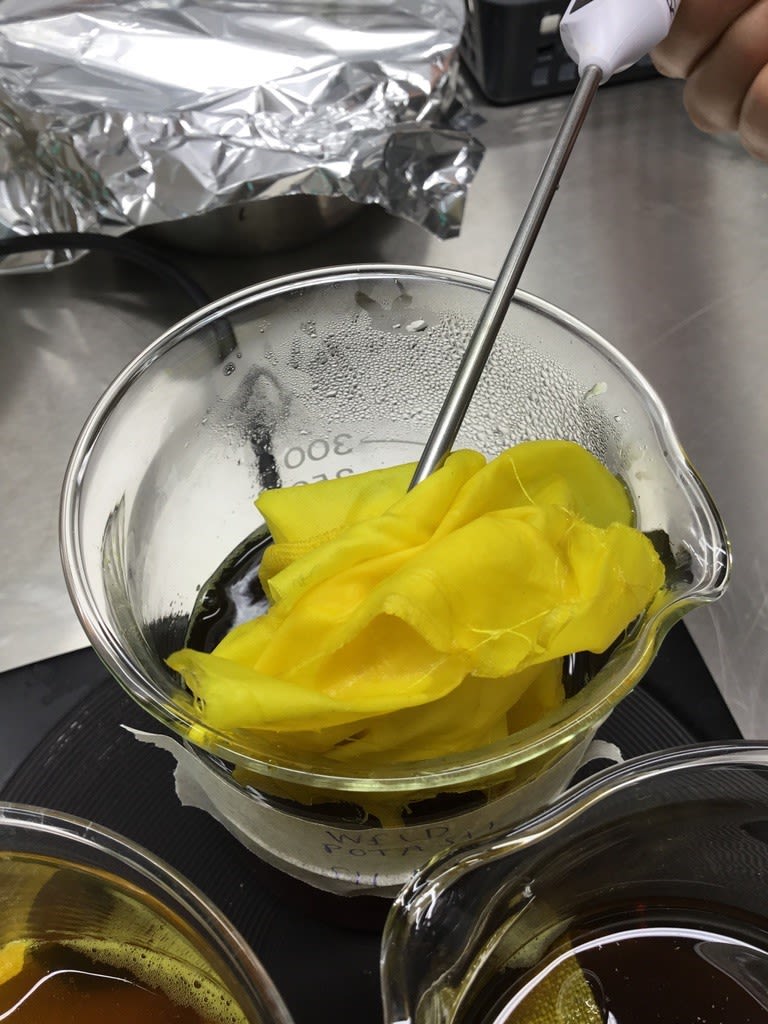
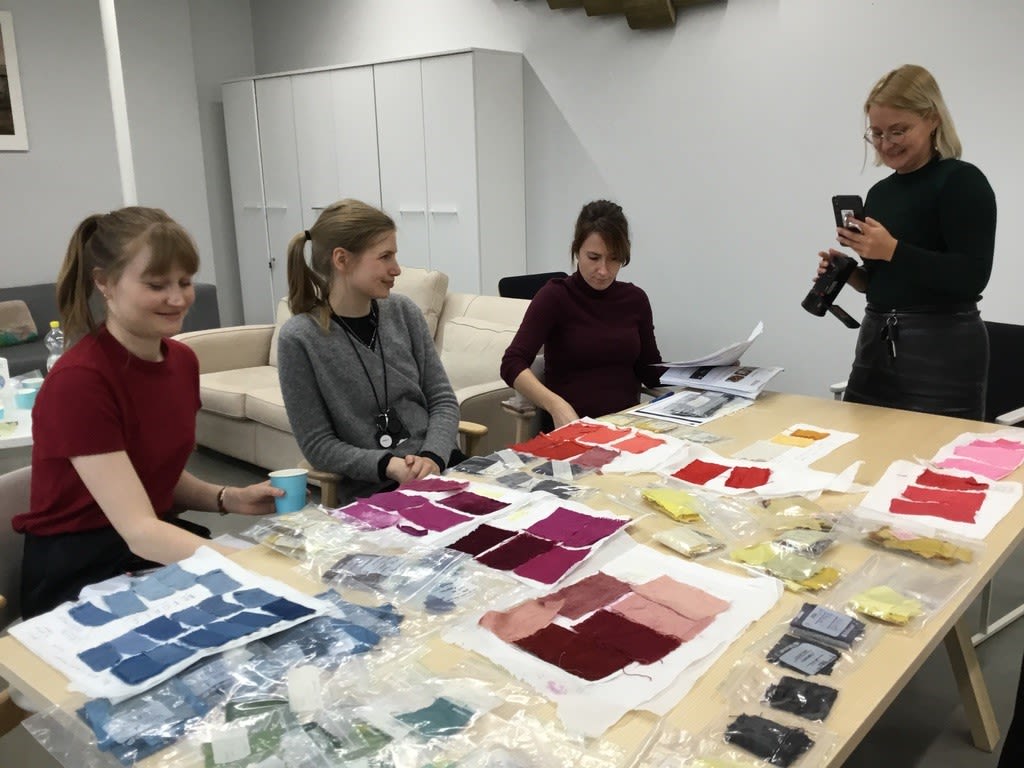
Reconstruction and reproduction
An important question in the research has been to identify which concepts or objects have been the key drivers of change in the development and spread of fashion. Knitted silk stocking and the commonly worn men's jacket, the doublet, were identified as such.
The team had access to study an authentic knitted silk stocking from the 17th century, from the Turku Cathedral Museum in Finland. Scientific fibre analysis was used to determine the quality and origin of the fibre with as much historical accuracy as possible, down to the number of silkworm larvae needed to make it. In order to reconstruct the stocking, cooperation was established with volunteer knitting experts who helped to outline the knitting instructions and knitted the stockings.
It turned out that it took up to 250 hours to knit a silk stocking during Renaissance!
The men's jacket and its production were studied, in addition to material restoration, by using a digital tool, as a digitalised tailoring project. The result is an animation that shows the detailed patterns and innovative cutting techniques of the different parts of the jacket and shows how the tailor created a sophisticated ensemble.
Already during the Renaissance, the spread of fashion was accompanied by a reflection on how to make seemingly expensive accessories more affordable. Already at that time, imitation products were being created to imitate the real thing – amber, fur or pearls, for example.
One example of a copy and reconstruction is the so-called 'imitation velvet' on a man's jacket. The men's doublet was usually made of silk velvet, but a cheaper copy was made of velvet of wool and linen. Interestingly, the patterns imitating those in patterned velvet were printed on the fabric with a hot iron, not by weaving!

The team had access to study an authentic knitted silk stocking from the 17th century, from the Turku Cathedral Museum in Finland.
The team had access to study an authentic knitted silk stocking from the 17th century, from the Turku Cathedral Museum in Finland.
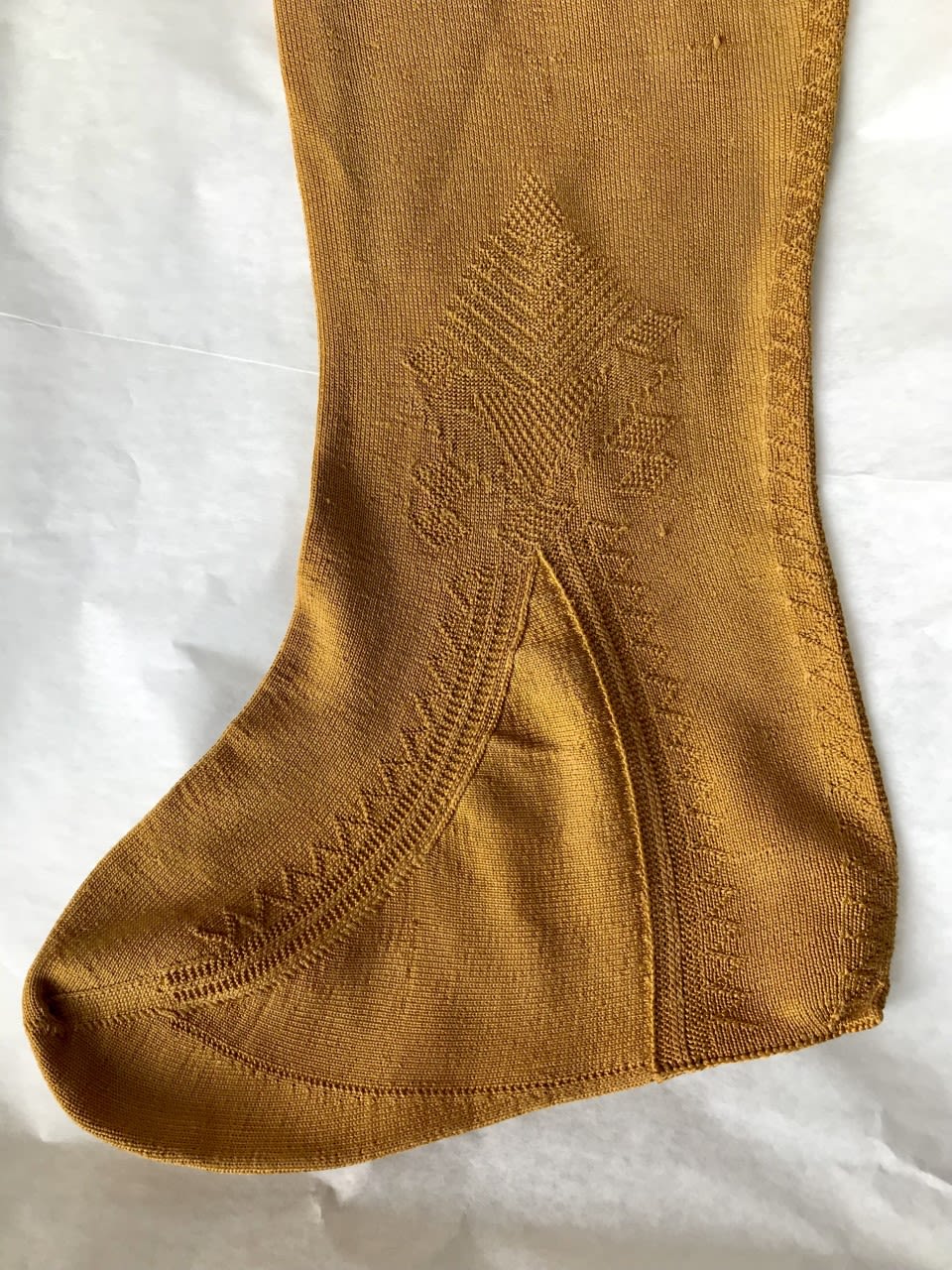
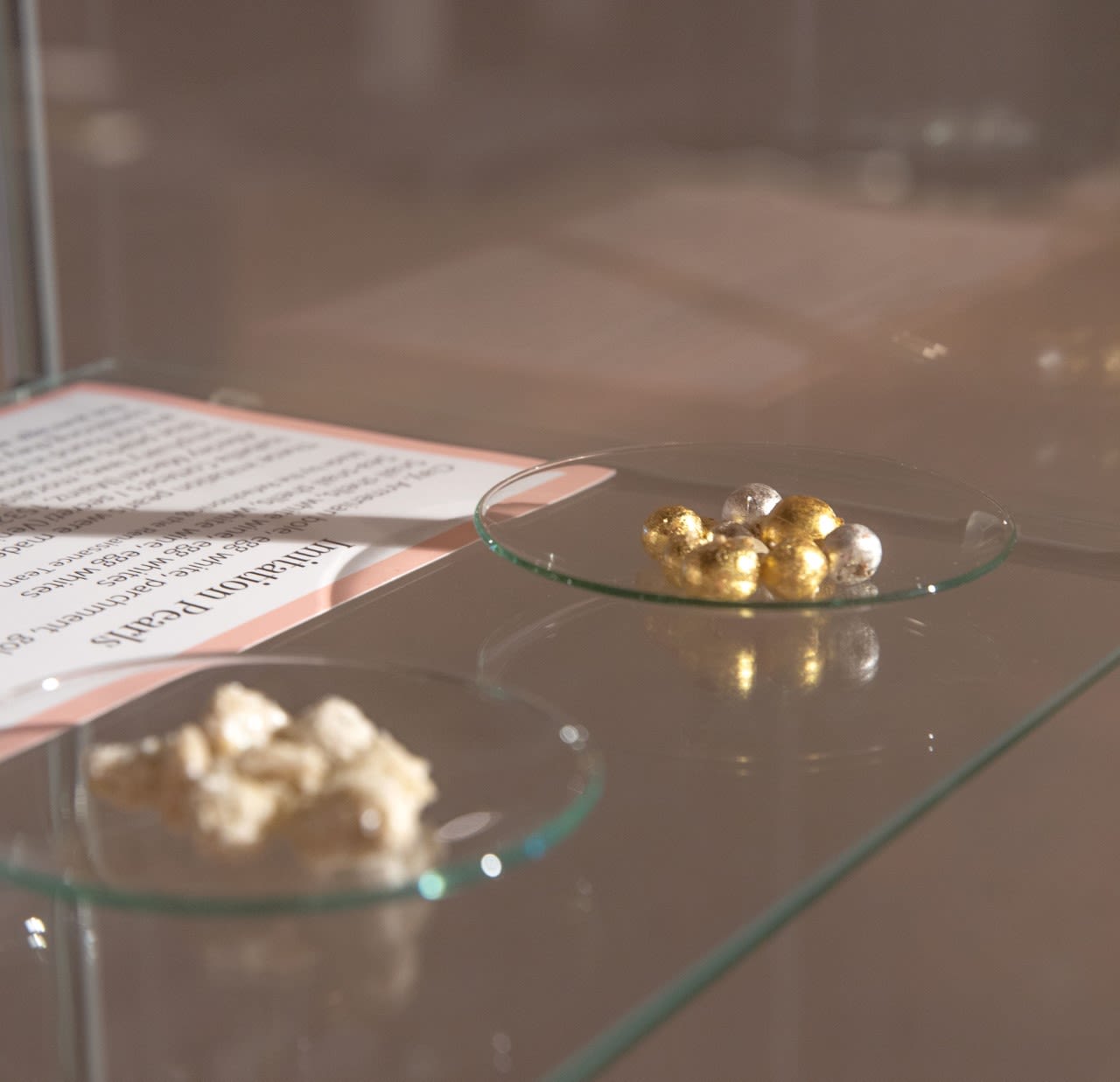
Already during the Reneissance, imitation products were being created to imitate the real thing – amber, fur or pearls
Already during the Reneissance, imitation products were being created to imitate the real thing – amber, fur or pearls

For the cheaper version of male doublet, the patterns imitating those in patterned velvet were printed on the fabric with a hot iron, not by weaving
For the cheaper version of male doublet, the patterns imitating those in patterned velvet were printed on the fabric with a hot iron, not by weaving
International cooperation
Given that very few historical costumes have survived and there is limited documentation on them, where and how has information been found? Paula Hohti reveals that the research team has spent a lot of time in archives, for example looking at private family inventories from 1550–1650, which include all the outfits and related purchases found on the lists.
Collaboration with well-known institutions and key experts in the field – such as the Rijksmuseum in the Netherlands, Museum of London, National Gallery and Victoria & Albert Museum in the United Kingdom, as well as the Metropolitan Museum of Art and the University of Columbia’s Making and Knowing project in the United States – has provided a wealth of learning and information. With the help of museum conservators, researchers have also had access to the back rooms of valuable collections to view archives and artefacts.
The project has also actively sought methods that have allowed academics and textile professionals to work together: although their perspectives and ways of working differ, by coordinating they learn more together.
All reconstructions have been carried out in close collaboration with experts in craftsmanship and costume design. The reconstruction of the silk stocking involved dozens of knitters from all over Finland. The doublet reconstruction experiment was carried out in the UK in collaboration with the London School of Historical Dress.
Paula Hohti is delighted that a dynamic international community has grown up around the research project, actively sharing knowledge and experimenting with the same methods.
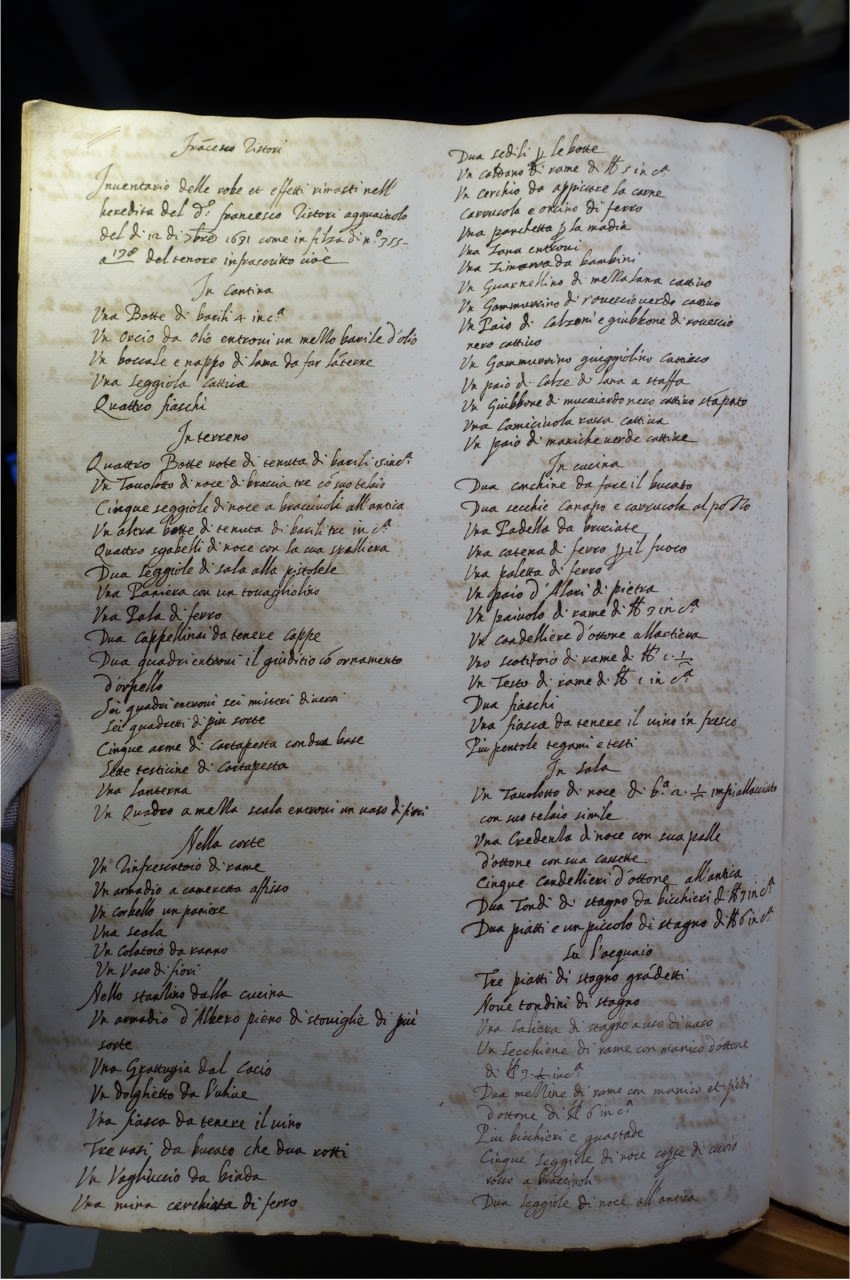

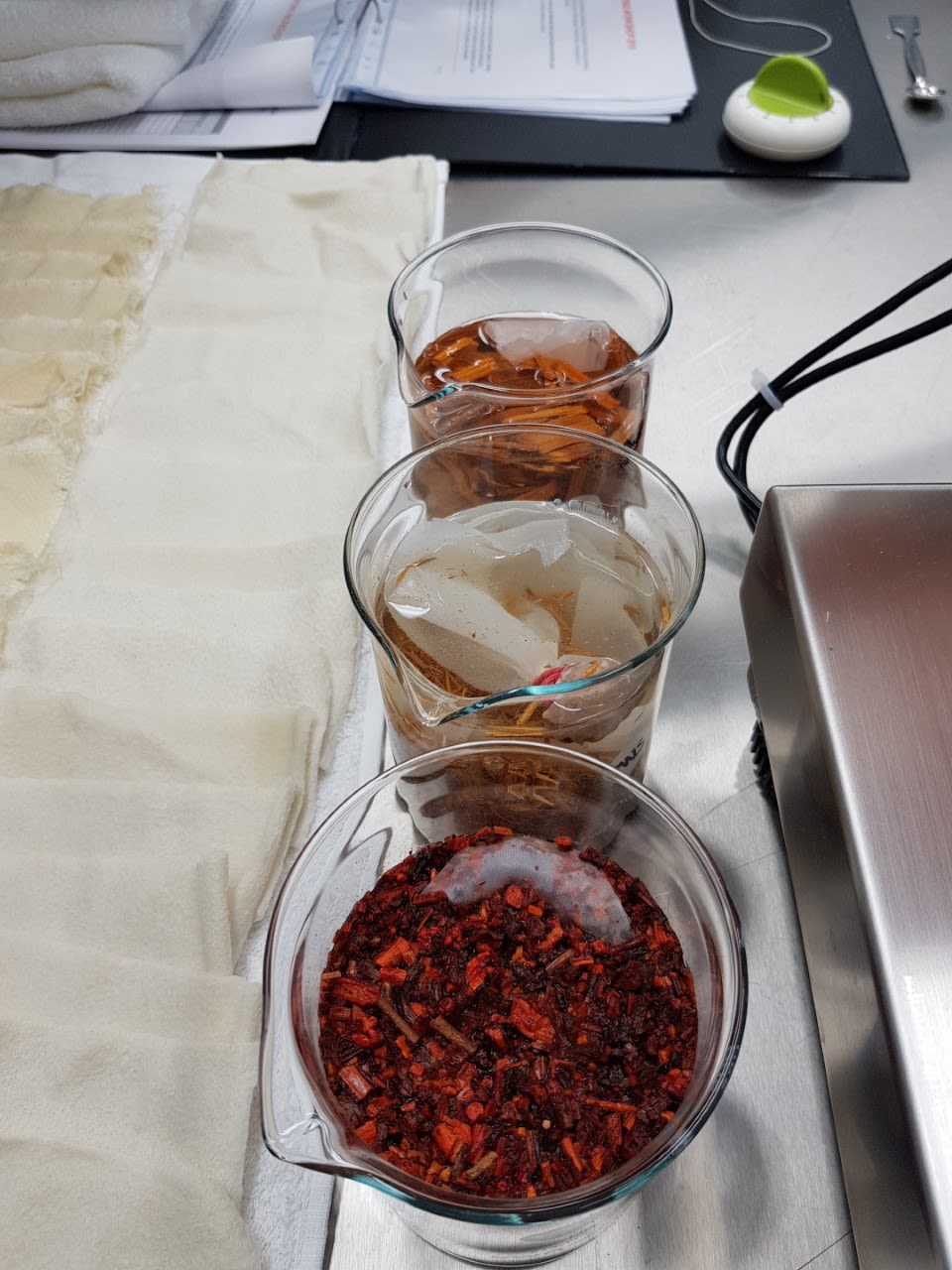
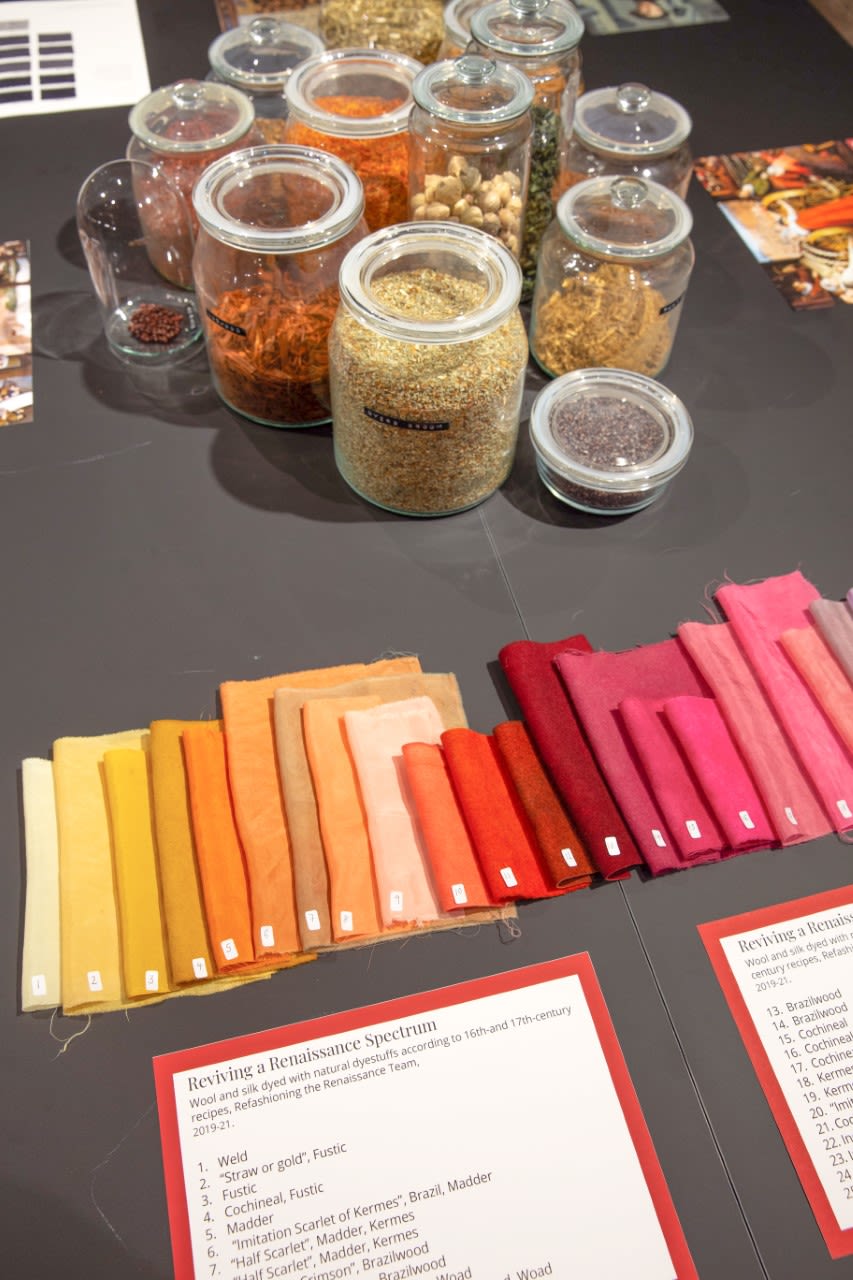
Open access information
Hohti stresses that, in the spirit of accessibility in science, the results of a research project are available to all. One of the results is a database of 92 000 historical garments, which has now been published. The project's website is an inexhaustible treasure trove for many other researchers and anyone interested in the subject, including a simplified guide to knitting a Renaissance stocking.
Researchers and students have produced publications and theses on the project, and more are on the way, including a scientific publication covering the project's methodology and all the reconstructions. The project will also be covered in a book 'Refashioning the Reneissance: Everyday Dress and the reconstruction of early modern material culture 1550-1650', by Manchester University Press, which will present the history of fashion through the findings of the research team.
Although the research project has been completed, not everything about Renaissance fashion has yet been learned. As a fashion researcher, Paula Hohti is keen to continue working on the subject and research in the future.
‘I see potential in using historical methods in the textile industry. I am interested in what could be brought from history to the present day that would help us to make more sustainable fashion and to appreciate our clothes more.’
Read more on the research project website
All photos and video: Refashioning the Reneissance research project
